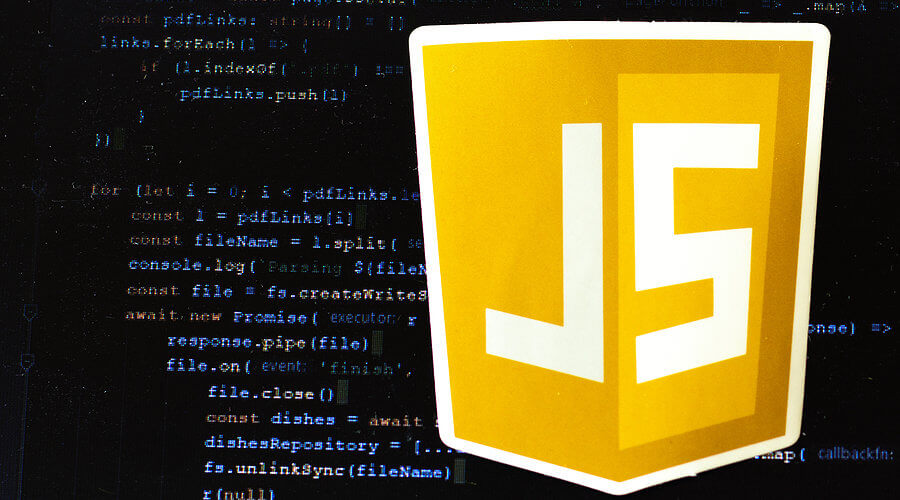Among all the scripting programming languages that are available within the spectrum of programming languages JavaScript has been found to be among the most versatile and feasible. This is mainly due to the fact that JavaScript allows web developers to incorporate complex features on web pages. By ‘complex features’, what is meant is the timely content updates on the site, animated graphics, interactive maps, scrolling video jukeboxes and other elements which mostly use JavaScript or involves JavaScript to a certain degree.
In essence JavaScript is the third layer with regards to standard web technologies and the other two being HTML and CSS. In the two decades that JavaScript has been released, the programming language has grown to become the most popular programming language that is related to web development and is currently being used by more than 94% of all the websites that we come across on the World Wide Web. This article will act as an introductory piece on JavaScript for those who are curious about the language and maybe even have the intention to learn it.
Generally, JavaScript is deemed as a client-side programming language that is or rather has become critical to Web Application Development these days. This is mainly because websites these days are required to be dynamic and interactive which depend on the implementation of custom client-side scripts. Apart from that cross-platform runtime engines such as Node.js enables developers to write server-side code as well in JavaScript which means that developers are able to create web pages that work well across platforms and as well as devices via the use of JavaScript, HTML5, and CSS3 in combination.
The fact that there are also a variety of frameworks available which reduce not just the time required, but also the effort needed to develop JS based sites and apps is also a significant factor that cannot be undermined. Some of the more popular JavaScript Frameworks available include ReactJS, AngularJS and NodeJS among others. These frameworks are critical towards BUILDNG large-scale web application because these frameworks simplify tasks related to the entire process of developing web applications.
To put matters into perspective, a web developer does not need JavaScript to build a website; because websites are solely comprised of hypertext mark-up language (HTML) and cascading style sheets (CSS). In essence HTML is basically the visual content found on the page which includes words, buttons, images and the like whilst CSS is used to determine colour and font size. JavaScript is used in order to ‘add life’ to these pages which otherwise would remain static. Without JS, there will be no user interactivity, no animations, – no nothing!
Hence, you can say that the fundamental of a website is HTML and CSS – not JavaScript. JavaScript enable programmers (web developers) to write programs that govern HTML and CSS. In other words JavaScript brings HTML and CSS to life! Although there are other programming languages that help in these areas, none of them come even close to what JavaScript is able to do for websites in less time with less effort!










